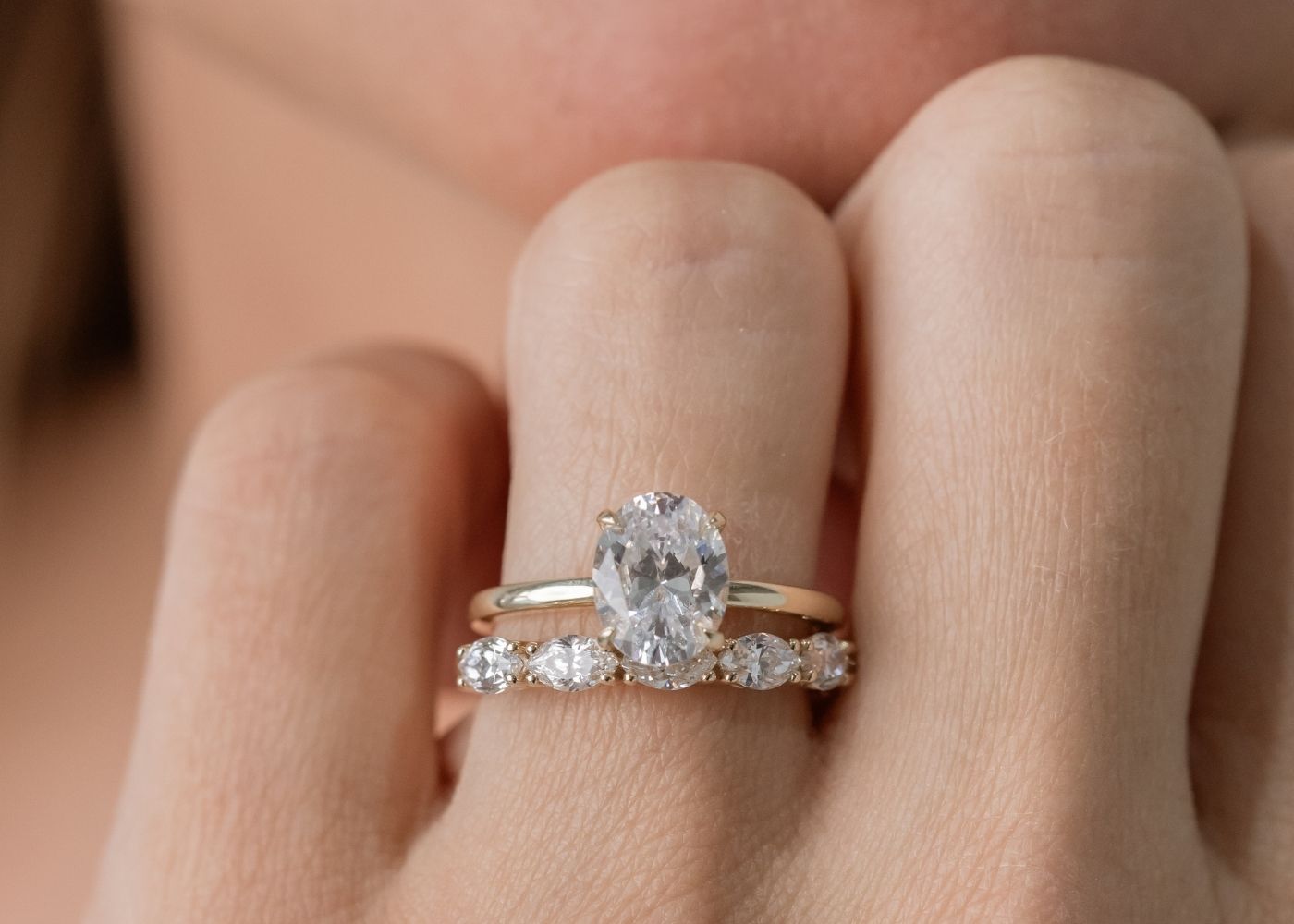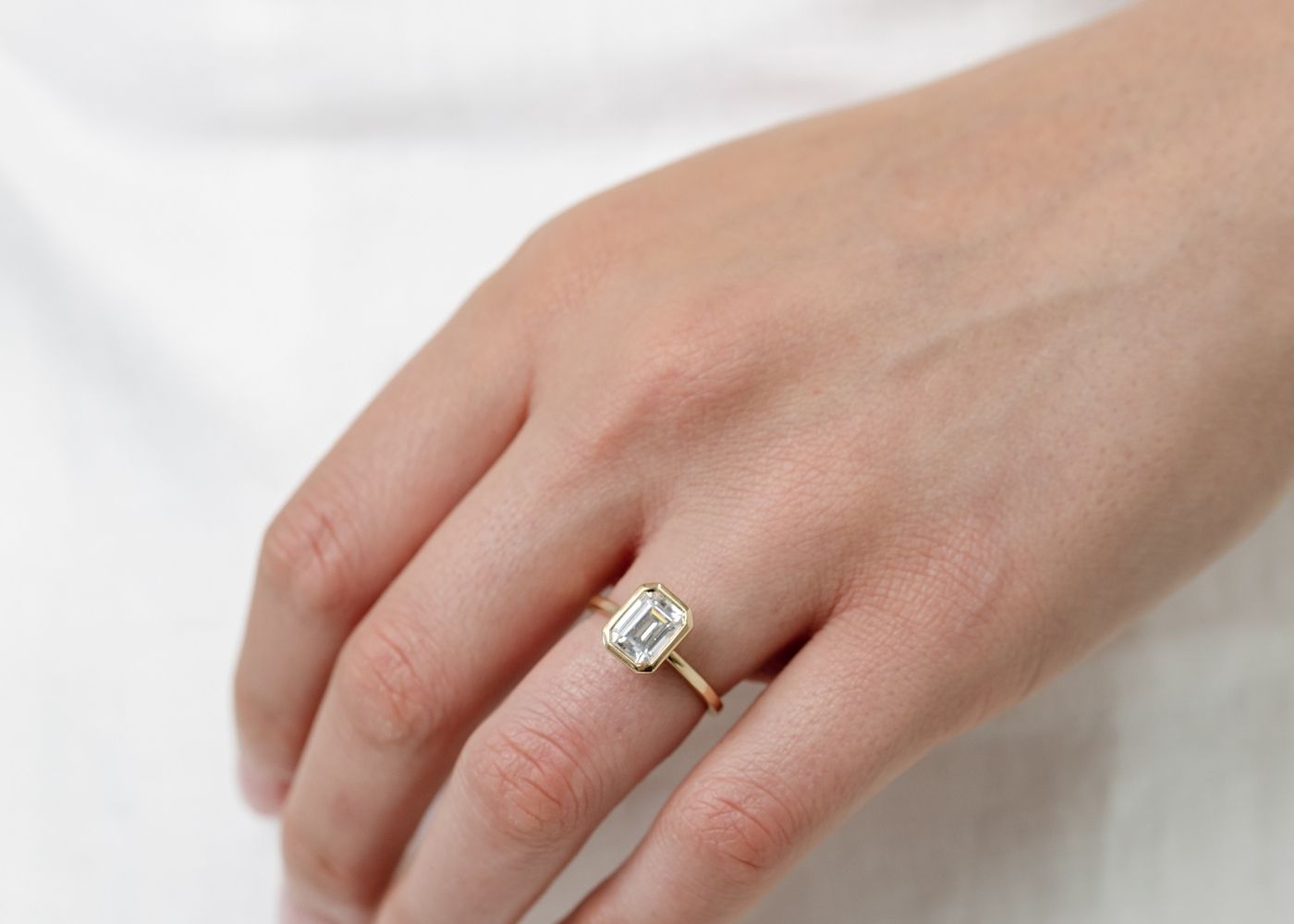Color
Color perception and vision
- Color is based on the electromagnetic spectrum
- Color perception is related to light absorption, reflection, emission spectra, and interference
- Humans perceive colors in the visible light spectrum with three types of cone cells (trichromacy)
- Animals may have a different number of cone cell types or different color sensitivity ranges
- Animal perception of color is processed by the brain
- Color vision deficiency causes a limited perception of colors
- Different forms of color blindness result from cone cell anomalies
- Cerebral achromatopsia is caused by neural anomalies in the brain
- Metamerism occurs when colors appear the same to color blind individuals
- Tetrachromacy is present in many vertebrates, allowing for enhanced color discrimination
- Most mammals are dichromatic, while many non-mammals are tetrachromatic
- Some invertebrates, like mantis shrimp, have even more cones for a richer color gamut
- Human tetrachromacy is a debated topic, with some individuals potentially having four cone classes
- Functional tetrachromats may be able to perceive up to a hundred million colors
- Synesthesia can cause the perception of color in response to letters, numbers, or sounds
- Behavioral and neuroimaging experiments support the reality of synesthetic color experiences
- Synesthesia leads to changes in behavioral tasks and increased activation of color perception brain regions
- Similarity between synesthetic color percepts and real color perception
- Synesthesia provides a non-standard route to experiencing color
- Photoreceptors become desensitized after exposure to strong light
- Afterimages occur when the eye continues to see a bright figure after looking away from it
- Afterimages appear in complementary colors
- Afterimage effects have been used by artists, including Vincent van Gogh
- Human eye compensates for limited color palettes by seeing gray or neutral colors as the missing color
- Trichromatic theory is true when the visual system is in a fixed state of adaptation
- Visual system constantly adapts to changes in the environment and compares colors to reduce the effects of illumination
- Edwin H. Land studied color constancy and proposed the retinex theory
- Chromatic adaptation and color appearance theories explain afterimage effects
Color properties and perception
- Spectral colors are those produced by visible light of a single wavelength
- Spectral colors have 100% purity and are fully saturated
- The division of spectral colors into distinct categories is influenced by culture and history
- The inclusion or exclusion of colors like indigo and cyan is a topic of debate
- The intensity of a spectral color can alter its perception
- The color of an object depends on how it absorbs and scatters light
- Transparent objects are perceived as colorless because they allow light to transmit through
- Opaque objects do not transmit light and instead absorb or reflect it
- Translucent objects appear colored because they scatter or absorb specific wavelengths of light
- Absorbed light in objects is often dissipated as heat
- Color reproduction aims to create colors that faithfully represent the desired color for the human eye
- Most colors are mixtures of various wavelengths of light, not spectral colors
- Dominant wavelength is used to describe non-spectral colors
- Metamers are different light spectra that have the same effect on the three color receptors in the human eye
- Color reproduction methods or color spaces use three specific primary colors
- Additive color mixing involves combining light of different colors
- Red, green, and blue are the additive primary colors
- Additive color systems are used in projectors, televisions, and computer terminals
- Subtractive color mixing involves combining dyes, inks, pigments, or filters
- Subtractive coloring absorbs some wavelengths of light and reflects others
- The color displayed by a surface comes from the parts of the visible spectrum that are not absorbed
- Subtractive coloring uses twelve main pigment colors
- Pigments or inks subtract or absorb specific wavelengths of light to create different colors
Color terminology and research
- Colors vary in hue, saturation, and brightness
- Color words can be derived from objects or abstract concepts
- Basic color terms follow a pattern of evolution and universality
- Lists of colors and web colors exist for reference
- Color technology and physics are studied in relation to color
- Research on structural color has been conducted since Isaac Newton and Robert Hooke
- Electron micrography has advanced the study of structural color
- Color perception is influenced by the eye and brain
- Specialized color modules exist in the macaque extrastriate cortex
- Color preference is spatially clustered in certain areas of the brain
Cultural and symbolic meanings of color
- Colors and their meanings play a role in art and literature
- Color psychology studies the effects of color on human emotion and activity
- Chromotherapy is an alternative medicine based on color
- Colors have different associations in different countries and cultures
- Red decreases cognitive functioning in men, according to a study
- Colors can have different meanings and associations in different cultures
- For example, in Western cultures, red is often associated with love and passion, while in some Eastern cultures, it symbolizes luck and prosperity
- Colors can also have symbolic meanings, such as yellow representing happiness or blue symbolizing calmness
- The use of color in branding and advertising can evoke certain emotions and associations in consumers
- Different industries may use specific colors in their logos and designs
- Colors have national associations and symbolism
- Different colors have demonstrated effects on cognition
- The combination of red and yellow can induce hunger
- Color affects memory development
- Wearing bright colors makes you more memorable to others
Development of color theories and studies
- Theories of color vision have been developed throughout history
- Newton identified light as the source of color sensation
- Young proposed the trichromatic theory, which states that any color can be matched with a combination of three lights
- Hering developed the opponent process theory
Color Data Sources
| Reference | URL |
|---|---|
| Glossary | https://harryandcojewellery.com.au/blogs/glossary/color |
| Wikipedia | http://en.wikipedia.org/wiki/Color |
| Wikidata | https://www.wikidata.org/wiki/Q1075 |
| Knowledge Graph | https://www.google.com/search?kgmid=/m/01sdr |





